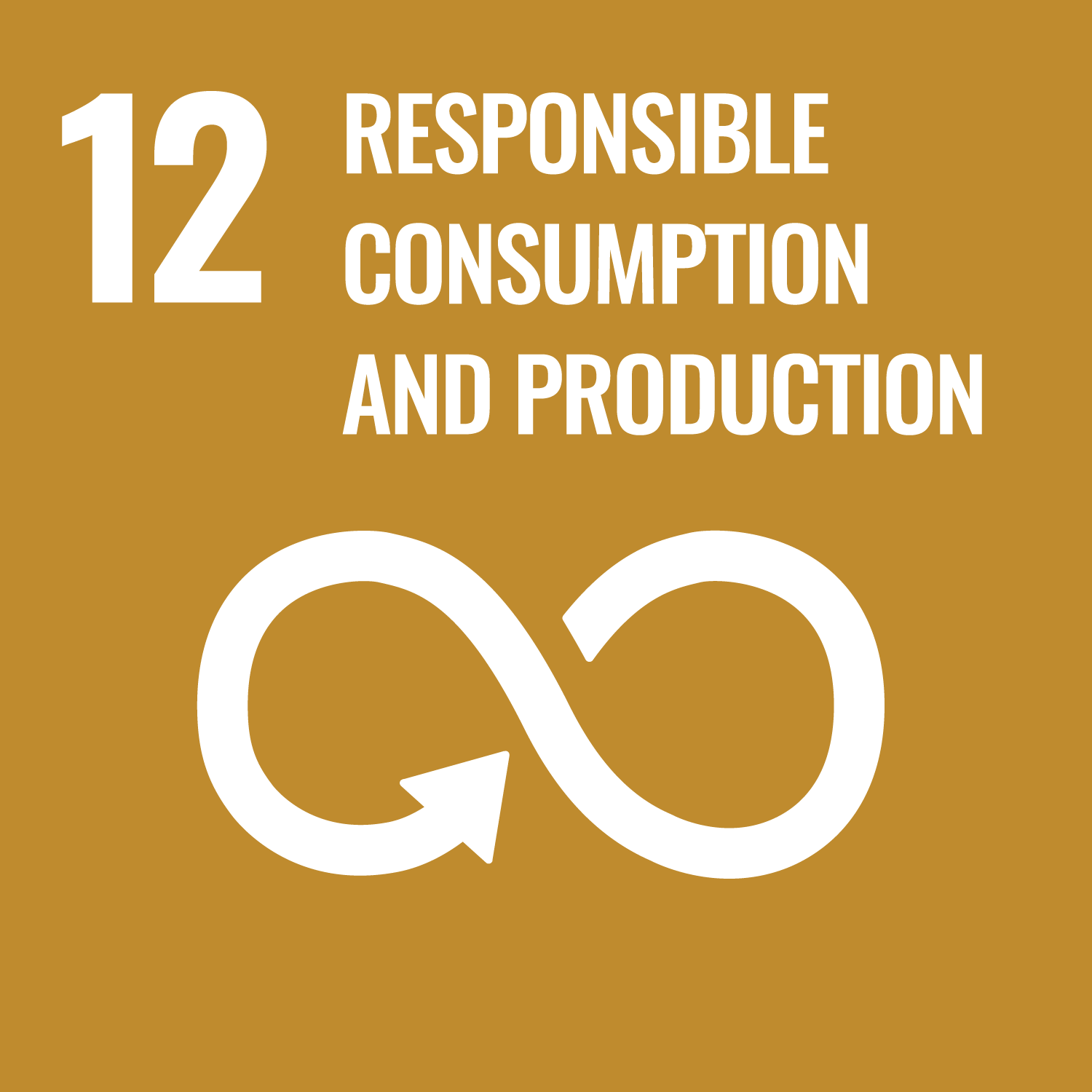Chemical Experiment
This class is a laboratory exercise exercise for first grade of applied chemistry department. Chemistry is a field for describing,
explaining and predicting real world phenomena supported by "experiments" to observe and measure real world phenomena. Therefore,
the experiment is a very large proportion for chemistry research at university.
Various preparations are necessary to do the experiment. In order to conduct experiments safely it is necessary to learn knowledge and know-how. Experience in handling experimental equipment and equipment is also necessary. You also need to learn about the method of processing measurement data and the explanation method of experimental results. The purpose of this class is to establish these foundations.
Another important purpose of this class is to deepen the understanding of the laws and principles governing chemical reactions through experiments. All the themes covered in the experiment are all important as a basis for chemistry. Let's not only mechanically execute a given menu, but also to understand the observed phenomena deeply.
This class consists of experiments and PC exercises. In the experiment, you will first work on systematic analysis of cations, which is the basis of inorganic qualitative analytical chemistry. Subsequently, you will work on quantitative measurements which form the basis of physical and inorganic chemistry, such as measurement of Avogadro's constant, light absorption analysis, measurement of molecular weight, determination of acid dissociation index. We will also conduct experiments that form the basis of organic synthesis. In the PC exercise, you will learn how to use chemical drawing software, ChemDraw, and spreadsheet software, Excel.
Various preparations are necessary to do the experiment. In order to conduct experiments safely it is necessary to learn knowledge and know-how. Experience in handling experimental equipment and equipment is also necessary. You also need to learn about the method of processing measurement data and the explanation method of experimental results. The purpose of this class is to establish these foundations.
Another important purpose of this class is to deepen the understanding of the laws and principles governing chemical reactions through experiments. All the themes covered in the experiment are all important as a basis for chemistry. Let's not only mechanically execute a given menu, but also to understand the observed phenomena deeply.
This class consists of experiments and PC exercises. In the experiment, you will first work on systematic analysis of cations, which is the basis of inorganic qualitative analytical chemistry. Subsequently, you will work on quantitative measurements which form the basis of physical and inorganic chemistry, such as measurement of Avogadro's constant, light absorption analysis, measurement of molecular weight, determination of acid dissociation index. We will also conduct experiments that form the basis of organic synthesis. In the PC exercise, you will learn how to use chemical drawing software, ChemDraw, and spreadsheet software, Excel.
The purpose of this class is to establish a foundation so that you can do chemical experiments safely, efficiently, and fruitfully
in the advanced course for learning chemistry.
In this class you will gain the knowledge and know-how necessary to safely carry out chemical experiments. You will also master basic experimental operations of chemical experiments. In addition, you will learn how to handle and show measurement data. You can also learn how to use tools indispensable for chemical research through PC exercise, ChemDraw for chemical structure drawing software and spreadsheet software Excel. In order to be able to report and discuss on the experimental results from a chemical (scientific) point of view, you will be trained by daily guidance and interview by instructors. You will also improve common skills for communication and presentation through these communication with instructors.
In this class you will gain the knowledge and know-how necessary to safely carry out chemical experiments. You will also master basic experimental operations of chemical experiments. In addition, you will learn how to handle and show measurement data. You can also learn how to use tools indispensable for chemical research through PC exercise, ChemDraw for chemical structure drawing software and spreadsheet software Excel. In order to be able to report and discuss on the experimental results from a chemical (scientific) point of view, you will be trained by daily guidance and interview by instructors. You will also improve common skills for communication and presentation through these communication with instructors.
- You can recognize the risks and environmental impacts of chemical experiments and take the necessary considerations to reduce
them.
(Corresponding to No.1 in the lesson plan) - Understand the theory of solubility products and common ion effects through experiments.
(Corresponding to No.2 to 5 in the lesson plan) - Enable quantitative handling of experimental data through experiments such as measurement of Avogadro's constant, light absorption
analysis, measurement of molecular weight, determination of acid dissociation index, etc.
(Corresponding to No.6 to 11 in the lesson plan) - Using PC, you can draw chemical structural formulas, tabulate measurement data, and create graphs.
(Corresponding to No.12 and 13 in the lesson plan) - Develop communication skills and presentation skills by creating experiment reports and interview by instructors.
| Class schedule | HW assignments (Including preparation and review of the class.) | Amount of Time Required | |
|---|---|---|---|
| 1. | Guidance and experimental safety and environmental considerations · A lecture is given on the basics of experiments, such as significance of experiments, notes, how to write reports. · A lecture is given also on the dangers involved in experiments and the environmental impacts. After that you will discuss in a small group on the code of conduct and considerations necessary to conduct experiments safely, decide groups' rules. |
Read the relevant chapters of textbook beforehand. | 100minutes |
| 2. | Qualitative analysis of cations 1 · Learn the principle of the generation and dissolution of precipitates by simple experiment. |
Read the relevant chapters of textbook beforehand and prepare a flow chart. | 200minutes |
| 3. | Qualitative analysis of cations 2 · Separation and identification experiments using standard samples |
Read the relevant chapters of textbook beforehand and prepare a flow chart. | 200minutes |
| 4. | Interview instruction on reports · Interview instruction about the report of the previous week and the week before last |
Read the relevant chapters of textbook beforehand and make an experiment plan. | 200minutes |
| 5. | Qualitative analysis of cations 3 · Analysis of an unknown sample (practical test) In the next (the 6th) and later experiments, you will be assigned to one of the 4 groups and carry out 8 themes in turn. Therefore, depending on the assigned group, the order of the theme is different. |
Revising the flow chart while reviewing the experiment procedure, prepare for practical examination. | 200minutes |
| 6. | Glass work · Using glass tubes, make simple laboratory instruments (capillaries and pipettes). |
Read the relevant chapters of textbook beforehand and make an experiment plan. | 200minutes |
| 7. | Measurement of avogadro constant · Make a monomolecular film of stearic acid and calculate Avogadro's number from the area. |
Read the relevant chapters of textbook beforehand and make an experiment plan. | 200minutes |
| 8. | Light absorption analysis · Measure the absorption curve of permanganate ion. · Using Lambert-Beer's law, determine the permanganate ion concentration in an unknown sample. |
Read the relevant chapters of textbook beforehand and make an experiment plan. | 200minutes |
| 9. | Determination of acid dissociation index · Perform neutralization titration while measuring pH, and determine acid dissociation index of a weak acid. |
Read the relevant chapters of textbook beforehand and make an experiment plan. | 200minutes |
| 10. | Measurement of molecular weight (freezing point descent method) · Calculate molecular weight and salt dissociation degree by freezing point descent method. |
Read the relevant chapters of textbook beforehand and make an experiment plan. | 200minutes |
| 11. | Organic synthesis · Perform nitration reaction of phenol. · Analyze the product by TLC (Thin Layer Chromatography). · Extract each product isomer from the spot of TLC and measure the UV-visible absorption spectrum of each isomer. |
Read the relevant chapters of textbook beforehand and prepare a flow chart. | 200minutes |
| 12. | PC exercise (ChemDraw) · Learn how to draw structural formulas using ChemDraw. |
Read the relevant chapters of textbook beforehand and make an experiment plan. | 200minutes |
| 13. | PC exercise (Excel) · Learn methods of tabulating data and creating graphs using Excel. |
Read the relevant chapters of textbook beforehand and make an experiment plan. | 200minutes |
| 14. | Final written exam and commentary | Review the previous experiments and summarize them in experimental notebook. | 200minutes |
| Total. | - | - | 2700minutes |
| Reports | Practical Exam | Exercises | Quizzes | Term-end Exam | Total. | |
|---|---|---|---|---|---|---|
| 1. | 0% | 7% | 1% | 8% | ||
| 2. | 14% | 7% | 4% | 2% | 27% | |
| 3. | 35% | 7% | 4% | 46% | ||
| 4. | 0% | 14% | 14% | |||
| 5. | 5% | 5% | ||||
| Total. | 54% | 14% | 21% | 4% | 7% | - |
Your overall grade in the class will be decided based on Reports, Practical exam, Exercises, Quizzes, and Term-end exam.
To pass, you must earn at least 60 points out of 100.
To pass, you must earn at least 60 points out of 100.
Text book「化学実験(応用化学科)」distributed at the book store in Univ. COOP.
- We will accept questions after the class until 18:00 in Rm 3100-1 and 3100-2. We will also accept questions and consultation in the Learning Support Room: in the first semester on Mon / Fri (16:50~18:30), Tue / Thu (15:00~18:30); in the second semester on Mon / Tue / Wed (16:50~18:30), Thu / Fri (15:00~18:30).
- Course that cultivates an ability for utilizing knowledge
- Course that cultivates a basic self-management skills
- Course that cultivates a basic problem-solving skills
| Work experience | Work experience and relevance to the course content if applicatable |
|---|---|
| N/A | N/A |


- 3.GOOD HEALTH AND WELL-BEING
- 12.RESPONSIBLE CONSUMPTION & PRODUCTION
Last modified : Sat Jun 20 04:16:50 JST 2020

